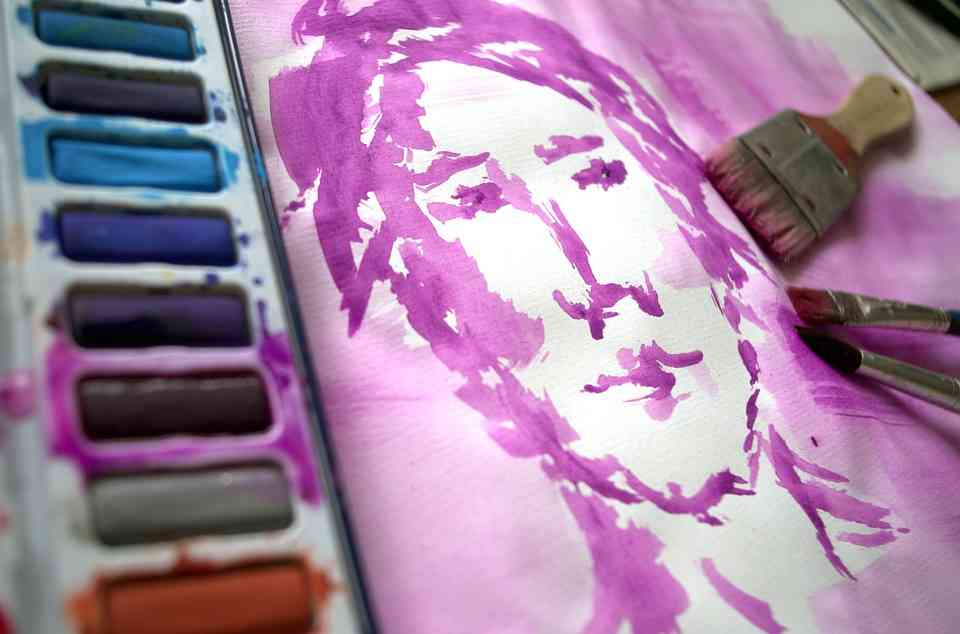Epiphany is considered as self-realization. It also means manifestation of Christ but this meaning is far cry from epiphany demonstrated in “A Portrait of the Artist as a Young Man” as one of its major themes. James Joyce uses epiphany for the purpose of self-absorption; sudden consciousness of mind concerning to something is what epiphany is in the eyes of James Joyce. He defines epiphany as sudden awareness of soul. Character development of Stephen Dedalus proves command of writer on use of epiphany in “A Portrait of the Artist as a Young Man”.
James Joyce has never used word epiphany in his novel nor does he defines it. It is, therefore, many critics believe that if any epiphany is there in the novel, it is unintentional. However, some other critics support James Joyce. They argue that he has good knowledge of “epiphany” and he skillfully uses this technique in “A portrait of the Artist as a Young Man”.
Novel is the story of an artist through the analysis of character of Stephen Dedalus in A Portrait of the Artist as a Young man. His thinking is different from the mob. He is member of society but mentally divergent from others. He can’t balance art and religion. He neither totally accepts religion nor does completely reject it. Development of Stephen Dedalus in form of epiphany is evident from first chapter. Incident of punishment is significant in this regard. Father punishes innocent Stephen. He collects strength and complains the rector. He suddenly realizes that he has become brave and justice has been prevailed.
Besides, there are many other occasions that show use of epiphany in “A Portrait of the Artist as a Young Man”. After victory of justice, in Chapter II, Stephen hears talk between his father and Father Conmee. They talk about pandybat incident. He abruptly realizes that he was kept in dark and no action was taken against the Father. He also realizes that his father is no more his friend due to which his hatred against him increases day by day. Furthermore, he starts sees things differently. He starts realizing difference between right and wrong. In other words, he becomes mature too early that ultimately completes his development as an artist. His ability of setting aside every relation as well as religious thought unintentionally helps him becoming an artist.
Stephen Dedalus sees wet dreams and concentrates on baffling of child in his childhood. He also promotes aesthetic theory but his thinking changes when he grows up. In adulthood, he no more sees wet dreams. Similarly, his believe in aestheticism also fades. He mates with a prostitute and realizes that inner peace is possible even after committing sin. He knows that he has committed a sin but whole incident of mating provides him pleasure. However, there is another realization after this occurrence. He hears sermon and repents on his sin. It is another example of epiphany. He realizes that sin is sin; no matter whether it gives pleasure or pain.
From the above said incident, he recalls his past memory. Once he saw a girl at beach. At that time he could not understand what she wanted from him but after mating with prostitute he understood wish of that girl and his ex-girlfriend. He was ashamed on his behaviour.
Further examples are also there in “Portrait of the Artist as a Young Man” where use of epiphany is witnessed. Stephen’s self-discovery with time indicates his development as an artist. He could not understand meaning of tower of ivory and the house of gold in his childhood but when he acquired meanings of these words, he found them interesting. He understood symbols attached with meanings of those words. He realized that words are just symbols and real meaning of every word depended on mind of listener/reader.
James Joyce wants to show us inner and outer world of an artist in “A Portrait of the Artist as a Young Man through “epiphany”. Stephen Dedalus’s realization on something after acquiring it either by his experience or by his knowledge clears that James Joyce intentionally uses technique of epiphany. Stephen has been portrayed as fully developed artist at the end of the novel through the technique under discussion.
James Joyce uses the technique of epiphany in “A Portrait of the Artist as a Young Man” to demonstrate journey of an artist from childhood to adulthood.
James Joyce also faced criticism. Majority of critics don’t think that he uses technique of epiphany in “A Portrait of the Artist as a Young Man”. Opinions of these critics can’t be underestimated. In oxford dictionary, “epiphany”, contains two meanings; one is of manifestation of Christ and second is “a moment of sudden and great revelation or realization”. First meaning is ignored. We have no concern with it. In case of second meaning, there are two elements in it. “Sudden” and “great revelation” or realization.
In whole novel we don’t find something sudden. Stephen recalls his memories in adulthood. He becomes an adult when he realizes everything, therefore, if there is any realization, it is not sudden at all. Moreover, there may be realization but no revelation. In this way, critics who raise objection got a point.
In view of the forgoing discussion, it is true that Stephen’s life was miserable in childhood. He was mocked by his class fellows. Mocking created trouble for him. However, he learnt from his anger. Eventually, it helped him becoming an artist. Finally, he started preferring art on religion and his family. Development of an artist is very much clear but use of epiphany in the development of Stephen Dedalus is still contradictory.
Related Questions:
- Discuss the use of epiphany in the development of Stephen Dedalus in “A Portrait of the Artist as a Young Man”.
